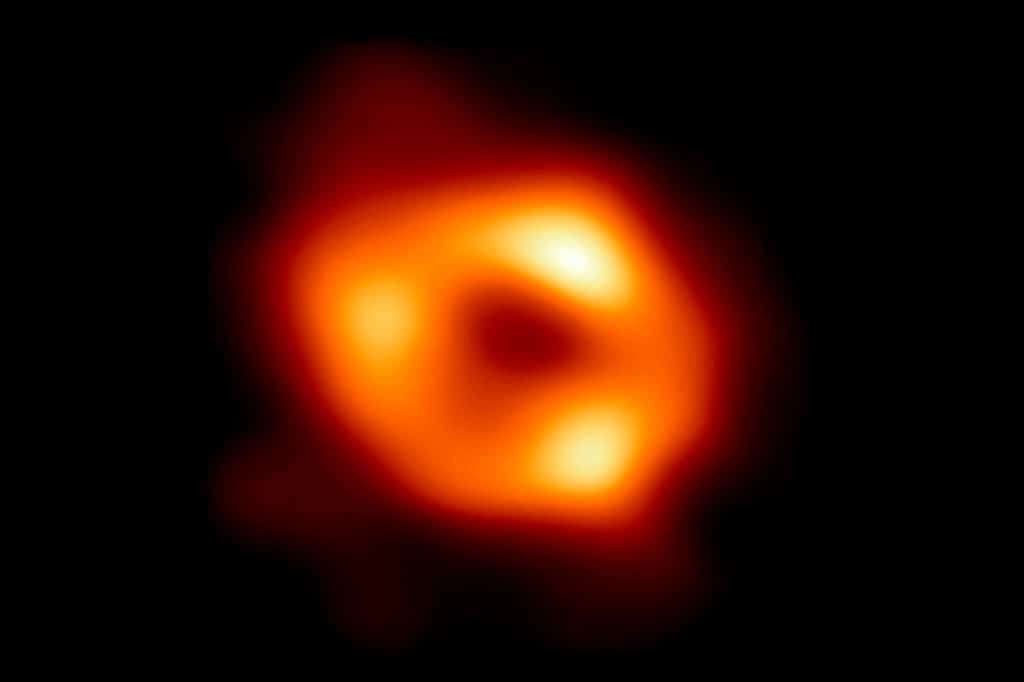It has been only a few days since a group of Researchers from the Event Horizon Telescope released the image of Sagittarius A*, a black hole located in the center of the Milky Way. According to published information, it took more than 100 million CPU hours and more than 300 researchers to create the photograph.
The black hole is 27,000 light years from Earth.
The black hole image is the result of a partnership between the Event Horizon Telescope, the Frontier supercomputer, located at the Texas Advanced Computing Center (TACC), and NSF’s Open Science Grid. The vast majority of the required computing hours, around 80 million, were performed on the Frontier system, which has the power of 23.5 petaflops and is currently ranked 13th on the Top500 list of supercomputers. It has 448,448 CPU cores thanks to 16,016 Intel Xeon Platinum 8280 units and a Broadwell-class processor with 28 Intel cores running at 2.7 GHz.
100 million CPU hours to see the black hole photo
The other 20 million hours of the simulation were calculated on Science Grid, which harnesses unused CPU cycles in a form of distributed computing to unlock computing resources without the need to deploy expensive supercomputers and related infrastructure.
Unveiling Sgr A*, the black hole at the centre of our galaxy (press conference, musical act, Q&A)
For the Sagittarius A* image to exist, the researchers used interferometry, that is, the radio-wave-based scanning power of the EHT array, which includes eight radio telescopes deployed around the world. That’s despite numerous variables and caveats that need to be taken into account, since we’re dealing with galactic-level photography. In this process, the researchers even created a black hole simulation library to analyze the captured data and transform it into as real an image as possible.
The supermassive black hole is estimated to be four million times larger than the sun.
These unprecedented observations have greatly improved our understanding of what is happening at the center of our galaxy and offer new insights into how these giant black holes interact with their surroundings,” said Geoffrey Bower, EHT project scientist at the Institute for Astronomy. and Taipei Astrophysics.
For the future, the plan is to create not just a photograph, but a complete video that shows the movement of particles near the black hole over a certain period of time.















